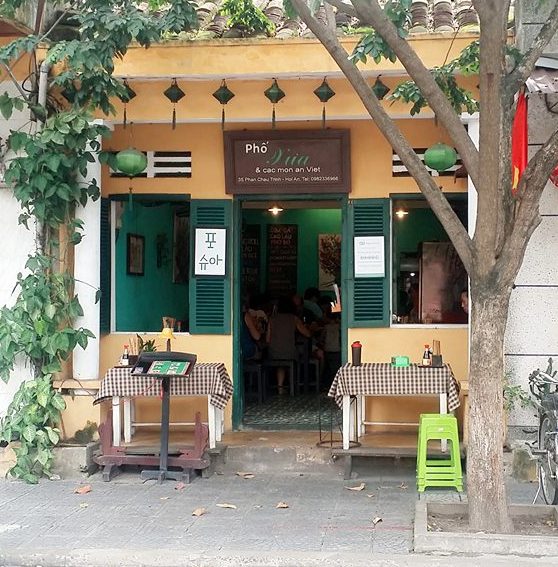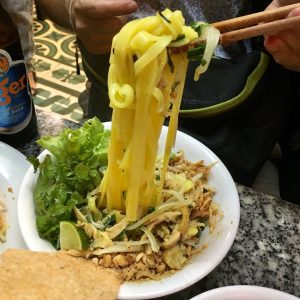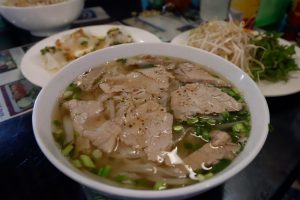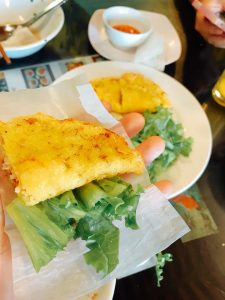Hoi An chilli sauce
Hoi An chilli Sauce is only a common spicy, but taste, quality is hard to find anywhere. Hoi An Chilli sauce is mainly bought from rural areas for sale.
Any dish is indispensable for spices, but chili is one of the indispensable spices in good food.
Hoi An chilli Sauce is only a common spicy, but taste, quality is hard to find anywhere. Chilli sauce is mainly bought from rural areas for sale. Chilli peppers to make the sauce must be ripe red. The way to do is equally complex. chopped to boil and then finely mashed with tomatoes just enough, dehydrate the pan to boil. Add the sesame roasted, garlic … mixed to absorb, continue to stir fry to chili sauce. When the coolant is added to the vial. On top of the vial, pour a layer of defatted oil to keep it long and avoid mold. A bottle of chili meets the requirements to have a beautiful red color, a spicy taste that is not sharp and fragrant mild.
Hoi An chilli Sauce is not only produced to serve restaurants, hotels or eateries in the province, but also sold throughout the country such as Saigon, Nha Trang, Quang Ngai, Hue. As never heard of guests complain about the quality, flavor of Chili sauce.
In Hoi An formerly known as Thieu Phat Choy Choy. Currently, chilli sauce is many manufacturers and sell, quality is not equal to the many people still, many local favorites.
Today, visitors are far away to visit the old town, in addition to the purchase of souvenirs to find gifts they also find to buy Hoi An chilli saue to use in the family and give as gifts






